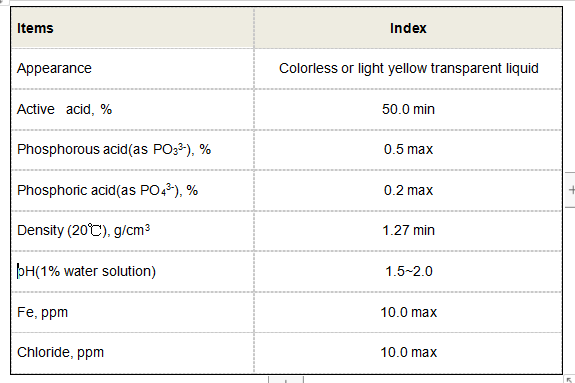Pricing Trends and Market Analysis for Anionic Polyacrylamide Products in 2023
Anionic Polyacrylamide Price Trends and Influencing Factors
Anionic polyacrylamide (APAM) is a versatile polymer widely utilized in various industries, including water treatment, oil recovery, and agricultural applications. Its effectiveness as a flocculant and dispersant has made it a critical component in many processes, leading to increased demand. With the rising global consumption of APAM, the price of this essential chemical has become a focal point for suppliers, manufacturers, and consumers alike. This article delves into the trends and factors influencing the pricing of anionic polyacrylamide.
Current Price Trends
As of October 2023, the price of anionic polyacrylamide varies significantly based on several factors, including quality, supplier location, and purchase volume. Generally, the cost per ton ranges from $1,500 to $3,500; however, specific formulations or high-purity grades can command higher prices. The fluctuations in prices are also influenced by global economic conditions, supply chain dynamics, and the availability of raw materials needed for its production.
Factors Influencing Pricing
1. Raw Material Costs The production of anionic polyacrylamide relies heavily on acrylamide and various additives. Prices for these raw materials can be volatile, driven by factors such as production capacity, environmental regulations, and geopolitical influences. Any increase in raw material costs directly impacts the final price of APAM.
2. Supply and Demand Dynamics The global demand for APAM in water treatment processes, especially in regions undergoing industrial growth or facing water scarcity, has risen consistently. This demand surge can lead to price increases if the supply does not keep pace. Conversely, during economic downturns, demand may drop, resulting in lower prices.
anionic polyacrylamide price

3. Manufacturing Capacity The production capacity of manufacturers can significantly influence market pricing. Companies that invest in advanced production techniques or expanded capacity may offer lower prices to gain market share. Alternatively, if the industry faces shortages due to factory shutdowns or maintenance, prices may spike due to reduced supply.
4. Transportation and Logistics Costs Fluctuating fuel prices and logistical challenges can also affect the final cost of anionic polyacrylamide. Increased transportation costs often translate into higher prices for consumers. Additionally, global supply chain disruptions, which became pronounced during the COVID-19 pandemic, can lead to delays and increased costs.
5. Regulatory Environment Environmental regulations surrounding the production and use of polyacrylamide can influence pricing. Stricter regulations may necessitate additional safety and compliance measures, thus increasing production costs. Manufacturers may pass these costs onto consumers, affecting market prices.
6. Technological Advancements Innovation in the production processes and product formulations can also impact pricing. More efficient manufacturing techniques can reduce costs and lead to competitive pricing in the marketplace. Conversely, if new technology requires significant upfront investment, it may lead to higher prices until manufacturers can scale their production effectively.
Conclusion
The price of anionic polyacrylamide reflects a complex interplay of various factors ranging from raw material costs to global supply chain dynamics. For businesses relying on APAM, understanding these trends is crucial for strategic planning and budgeting. As the demand for efficient water treatment and enhanced agricultural practices continues to grow, monitoring the market for changes in anionic polyacrylamide pricing will be essential for maintaining cost-effectiveness and ensuring a reliable supply chain. As we progress further into 2023 and beyond, industry stakeholders must remain vigilant to navigate the evolving landscape influenced by economic and environmental factors.
-
Water Treatment with Flocculant Water TreatmentNewsJun.12,2025
-
Polymaleic AnhydrideNewsJun.12,2025
-
Polyaspartic AcidNewsJun.12,2025
-
Enhance Industrial Processes with IsothiazolinonesNewsJun.12,2025
-
Enhance Industrial Processes with PBTCA SolutionsNewsJun.12,2025
-
Dodecyldimethylbenzylammonium Chloride SolutionsNewsJun.12,2025





